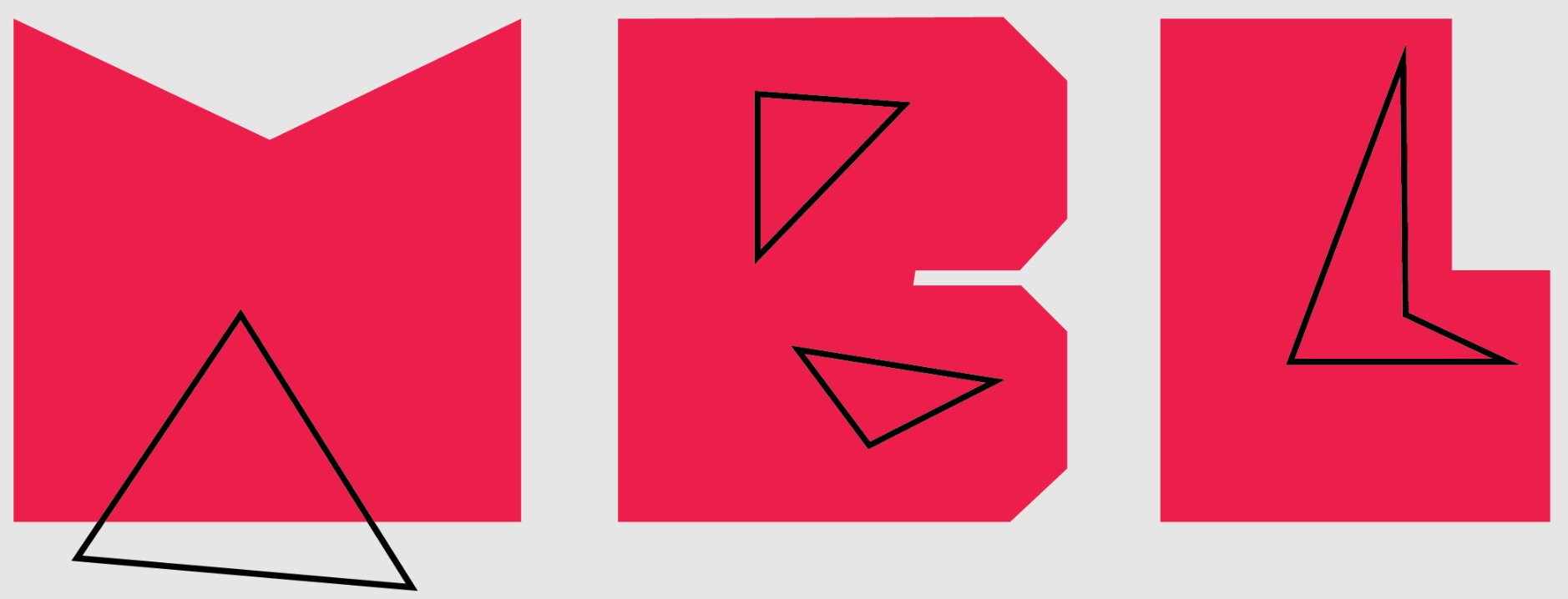Architectural Design Computing Graduate Program

Architectural Design Computing Graduate Program started education in 2000-2001 academic year under the name of “Architecture Master Program in Computer Media” under the Graduate School of Science, Engineering and Technology. The program kept the same institute until 2002 when it was renamed to “Computing in Architecture Master Program” under the Institute of Informatics. In 2006, the Department of Informatics affiliated to the Institute of Science was established by CoHE, and the program continued its education under the name of “Architectural Design Computing Master Program” under this Department. Since the establishment of the Doctorate program in the academic year of 2008-2009, the program is known as Architectural Design Computing Graduate Program.
Architectural Design Computing masters program aims to provide specialization to designers who want to specialize in this subject with compulsory and elective courses that go into detail in every field related to the subject and complement each other in terms of content with one-semester courses. Thus, the structure of the proposed graduate program has been established with the courses that will form the theoretical basis related to the subject, the courses that will transform the theoretical structure into application models, and the courses where the direct application-oriented education will be given. Architectural Design Computing masters program includes digital design environments, visualization and graphic presentations, two and three-dimensional modeling and animation, databases, hypermedia, multimedia, presentations in the virtual environment, regarding the effective application and use of these technologies in theoretical and practical studies of design. It also includes a series of lectures on joint architectural design studies and theoretical models, methods and approaches, paradigms of computer-based architectural design.
Architectural Design Computing doctorate program has been conducting scientific studies at the interface of information technologies and architectural design since the academic year of 2008-2009 and trains researchers, academicians, and professionals who can think creatively in their field.
Research Areas
- Research on the Tools, Products, and Media as well as Modeling Approaches and Paradigms that Enhance and Facilitate Theoretical and Applied Studies in the Intersection of Architecture and Information Technologies
- Concepts Emerging in Parallel with the Developments in the Intersection of IT and Design Disciplines: Cyberspace, Virtual Reality, Interaction Design, Communication, Interface Design, Embedded or Pervasive Environment
- Computational Design Methods
- Artificial Intelligence in Architecture
- Robotic tectonics, automation, and interaction
- Generative Approaches, Shape Grammars and Fractals in Architectural Design
- Genetic, Nanotechnological, Evolutionary and Generative Approaches in Architectural Design
- Design and Representation in Multimedia and Web Environments
- Remote Sensing and Spatial Data Processing
- Data Mining in Architecture
- Theory of Space with regards to Information Technologies
- Cognitive Processes, Their Extensions and Related Tools in Architectural Design
- Building Information Models